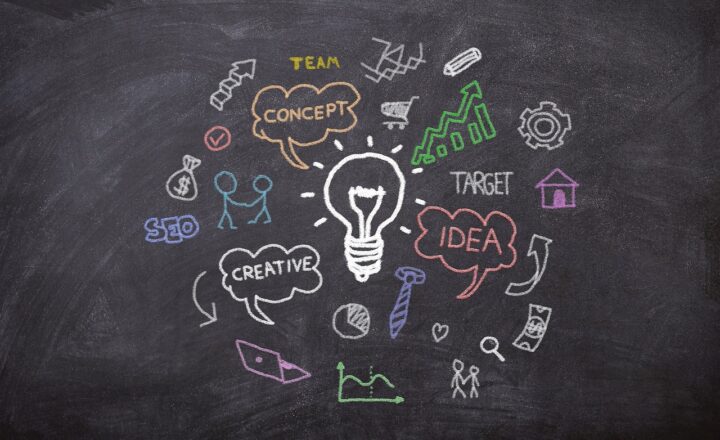The Most Unbelievable Marketing Campaign Fails and What We Learned from Them
November 15, 2024
Marketing is an essential element of any business strategy, yet not all marketing campaigns achieve their intended goals. In fact, some become infamous for their blunders and unexpected fails, providing us with invaluable lessons. In this article, we will explore some of the most notorious marketing campaign failures in history, dissect what went wrong, and highlight key takeaways that businesses can apply to avoid similar pitfalls in their own marketing endeavors.
1. The New Coke Fiasco (1985)
When Coca-Cola reformulated its classic drink and launched “New Coke” in 1985, it was anticipated as a groundbreaking strategy to compete with Pepsi. However, the backlash was immediate and intense. Loyal customers revolted against the change, claiming that the new formula didn’t taste the same as the original. The public outcry was so significant that just a few months later, Coca-Cola reintroduced its original formula as “Coca-Cola Classic.”
**Lesson Learned:** Do not underestimate customer loyalty. Before making substantial changes to a beloved product, thorough market research and testing are essential to avoid alienating your core audience.
2. Pepsi’s 2017 Ad with Kendall Jenner
In an attempt to create a socially conscious ad, Pepsi’s 2017 advertisement starring Kendall Jenner aimed to send a message of unity and peace. However, it was criticized for trivializing serious social justice movements. Many consumers felt that the ad commodified protest and was tone-deaf to the issues it sought to address, prompting Pepsi to pull the ad within 24 hours.
**Lesson Learned:** Sensitive topics require careful consideration. Marketing teams should be aware of current social issues and ensure that they handle them with authenticity and respect, rather than as mere marketing tools.
3. GAP’s Logo Redesign (2010)
In 2010, GAP launched a new logo that attempted to modernize its brand image. However, the new logo was met with fierce criticism from consumers who preferred the classic blue box logo. The backlash was so intense that GAP reverted to its original logo just a week later, showing that change can sometimes be too much for a brand’s identity.
**Lesson Learned:** Your brand identity matters. When considering a redesign or major change, incorporate customer feedback early in the process to align with their expectations and emotional connections to your brand.
4. McDonald’s “McAfrika” (2002)
In 2002, McDonald’s introduced a promotional burger called “McAfrika” to celebrate the 2002 World Cup in Africa. The timing was unfortunate as it coincided with a severe famine in the Horn of Africa, raising eyebrows and sparking outrage among consumers who felt that the campaign was insensitive.
**Lesson Learned:** Timing is crucial. Understand the broader social context in which you are launching a campaign. Brand awareness should not overshadow ethical considerations.
5. The H&M Hoodie Controversy (2018)
H&M faced immense backlash for a marketing campaign featuring a Black child wearing a hoodie with the words “Coolest Monkey in the Jungle.” The ad was perceived as racially insensitive and offensive, leading to protests and celebrity backlash. H&M quickly removed the ad and issued an apology.
**Lesson Learned:** Representation and cultural sensitivity matter. Diversity in marketing teams can lead to more thoughtful campaigns that avoid cultural missteps, fostering an inclusive brand image.
6. The Volkswagen Diesel Emissions Scandal (2015)
Volkswagen marketed its diesel cars as environmentally friendly alternatives, promoting low emissions and fuel efficiency. However, it was later revealed that the company had installed software that manipulated emissions tests, leading to a massive scandal that cost the company billions in fines and legal settlements.
**Lesson Learned:** Honesty is the best policy. Transparency in marketing is critical. Misleading consumers can lead to more than just a failed campaign; it can damage brand trust and lead to legal repercussions.
7. Fyre Festival (2017)
Touted as a luxury music festival on a private island in the Bahamas, Fyre Festival’s marketing promised extravagant accommodations and gourmet food. Upon arrival, attendees were met with disaster—far from the promotional images, they found inadequate shelters and basic food rations. The festival became a notorious example of influencer marketing gone wrong.
**Lesson Learned:** Authenticity in influencer marketing matters. Ensure that promotions align with the actual experience being delivered, or risk damaging your brand’s integrity and credibility.
Conclusion
While marketing failures can result in short-term embarrassment, they often provide critical lessons for brands looking to refine their strategies. Emphasizing the importance of customer loyalty, cultural sensitivity, and honesty are just a few of the key areas where marketers can grow and adapt by learning from past mistakes.
In a fast-paced marketing landscape, understanding both the pitfalls to avoid and the values to uphold can help businesses connect more effectively with their audiences and enhance their long-term success. Always remember, every failure brings with it an opportunity to learn and improve for future campaigns.






